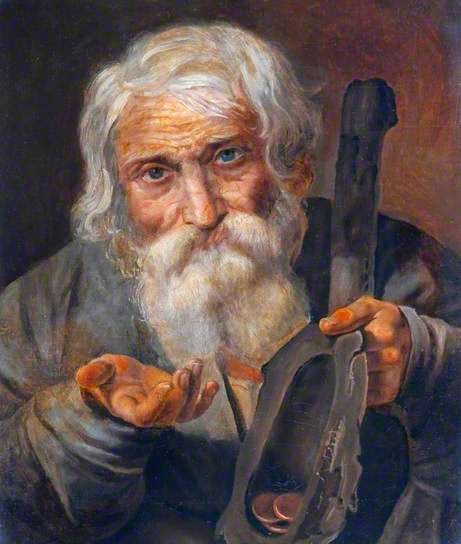When He Was Gone
I left the world behind, as your shadow crossed mine
The finger through my hair
locked in a black and white photo.
Once in a million years, a rose bled to death
but the blood no longer boiled under a violent moon
Memory was a bird that flies inside a bird.
She ate up stomach and extracted a broken soul
The sunset was a sinking ship on fire.
The illusion of sunrise was reflected in the dying flame
Who is crying in the wind to catch the final straw?
Tears drill through the heart of a rock
without cutting any vessel or nerve
When he was gone, memory was just a overdue lie.
————————————————————————————————————————- What is working well (what requirements of good poetry are here?)
The poem creates plenty of strong images, like “the finger through my hair,” “a black and white photo,” “a blooding rose,” and so on. The poet is also talented in creating fancy metaphors. For instance, the poet likens memory to "a bird that flies inside a bird;” likens sunset to “a sinking ship on fire;” likens tears to a drill that “drill(s) through the heart of a rock.” Meanwhile, the poet personifies his images. The can bleed; the moon is violent; the rock has heart, vessels and nerves.
All of those dying images (the blooding rose, the sunset/the sinking ship on fire, a broken soul, the one who is trying to catch the final straw, the heart broken rock, etc.) make reader rethink the relationship between death and memory. In the end, the poet gives the philosophical answer/conclusion that once die, “memory was just a overdue lie.”
In a word, the poem is working well on creating strong images and provoking to rethink.
- What is not working (what requirements of "good poetry" are lacking? or not quite working?)
The poem is weak on interpretability. For example, the image derives from the lines “I left the world behind, as your shadow crossed mine/The finger through my hair/locked in a black and white photo” is weird and incomprehensible. Maybe there is some grammar errors. What’s more, readers may confuse the relationships among “I” “you” “she” and “he.” “She ate up stomach and extracted a broken soul.” The line also needs a explanation. Who is she? Is she a vampire? Whose soul was extracted? Similarly, some images relate to memory (the black and white photo; the flying birds, etc.); others relate to death (the blooding rose, the sunset/the sinking ship on fire, a broken soul, the one who is trying to catch the final straw, the heart broken rock, etc.), but their connections are vague.
- What needs to be changed?
I think the situation lacking relations among images needs to be changed to strengthen its interpretability.
- Suggestions for how the poet might change.
I suggest to eliminate chaos. It would be helpful to reorganize the lines, or the order of appearance of images. Besides, to clarify the relationship between death and memory by adding a bit of connections among those images. Also, rewrite incomprehensible lines and help readers reduce underlying confusions.





